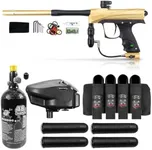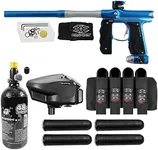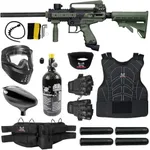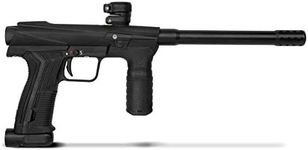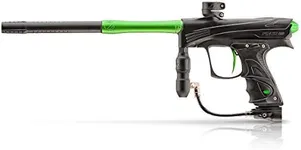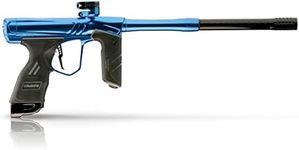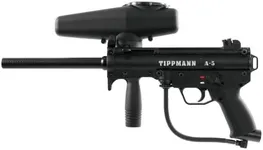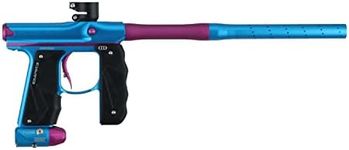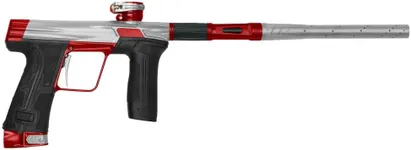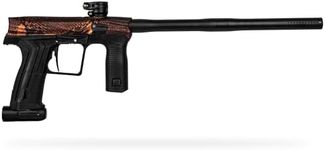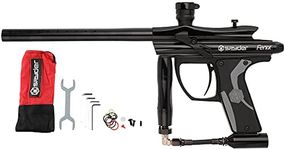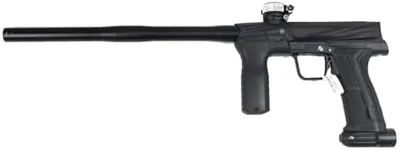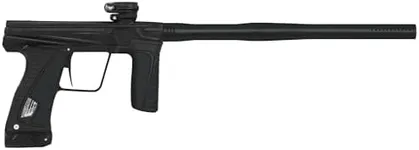Buying Guide for the Best Paintball Markers
Choosing the right paintball marker can significantly enhance your paintball experience. The right marker for you will depend on your playing style, experience level, and the type of games you enjoy. Here are some key specifications to consider when selecting a paintball marker, along with explanations to help you understand their importance and how to choose the best fit for your needs.Firing ModesFiring modes refer to the different ways a paintball marker can shoot. Common modes include semi-automatic, burst, and fully automatic. Semi-automatic markers fire one shot per trigger pull, making them great for beginners and those who prefer precision. Burst mode fires a set number of shots per trigger pull, offering a balance between control and firepower. Fully automatic markers continue to fire as long as the trigger is held down, ideal for players who want to lay down heavy fire. Choose a firing mode based on your comfort level and playing style.
Air SourcePaintball markers can be powered by either CO2 or High-Pressure Air (HPA). CO2 is more commonly available and cheaper, but it can be inconsistent in performance, especially in varying temperatures. HPA, on the other hand, provides more consistent performance and is preferred by serious players, though it can be more expensive and requires special tanks. If you are a casual player, CO2 might be sufficient, but if you play frequently or competitively, HPA is the better choice.
Barrel LengthThe barrel length of a paintball marker can affect accuracy and range. Shorter barrels (8-12 inches) are more maneuverable and better for close-quarters combat, while longer barrels (14-20 inches) can provide better accuracy and range for long-distance shots. Consider the type of fields you play on and your role in the game when choosing barrel length. If you prefer fast, close-up action, a shorter barrel is ideal. For those who like to take precise, long-range shots, a longer barrel is better.
WeightThe weight of a paintball marker can impact your mobility and fatigue levels during a game. Lighter markers are easier to carry and maneuver, making them suitable for fast-paced play and younger players. Heavier markers can be more stable and may offer additional features, but they can also cause fatigue over long periods. Consider your physical strength and the duration of your games when choosing the weight of your marker. If you value agility and speed, go for a lighter marker. If stability and additional features are more important, a heavier marker might be the way to go.
Build MaterialPaintball markers are typically made from plastic, aluminum, or a combination of both. Plastic markers are lightweight and affordable, making them great for beginners. Aluminum markers are more durable and can withstand rough play, which is ideal for more experienced players. Some markers combine both materials to balance weight and durability. Think about how often you play and the conditions you play in when choosing the build material. For occasional play, plastic may suffice, but for frequent or competitive play, aluminum or a combination of materials is recommended.
MaintenanceMaintenance refers to the ease with which you can clean and repair your paintball marker. Some markers are designed to be easily disassembled and cleaned, which is important for keeping your marker in good working condition. Regular maintenance can prevent malfunctions and extend the life of your marker. If you are new to paintball or prefer low-maintenance equipment, look for markers that are known for their ease of maintenance. More experienced players might be comfortable with markers that require more frequent or detailed upkeep.
